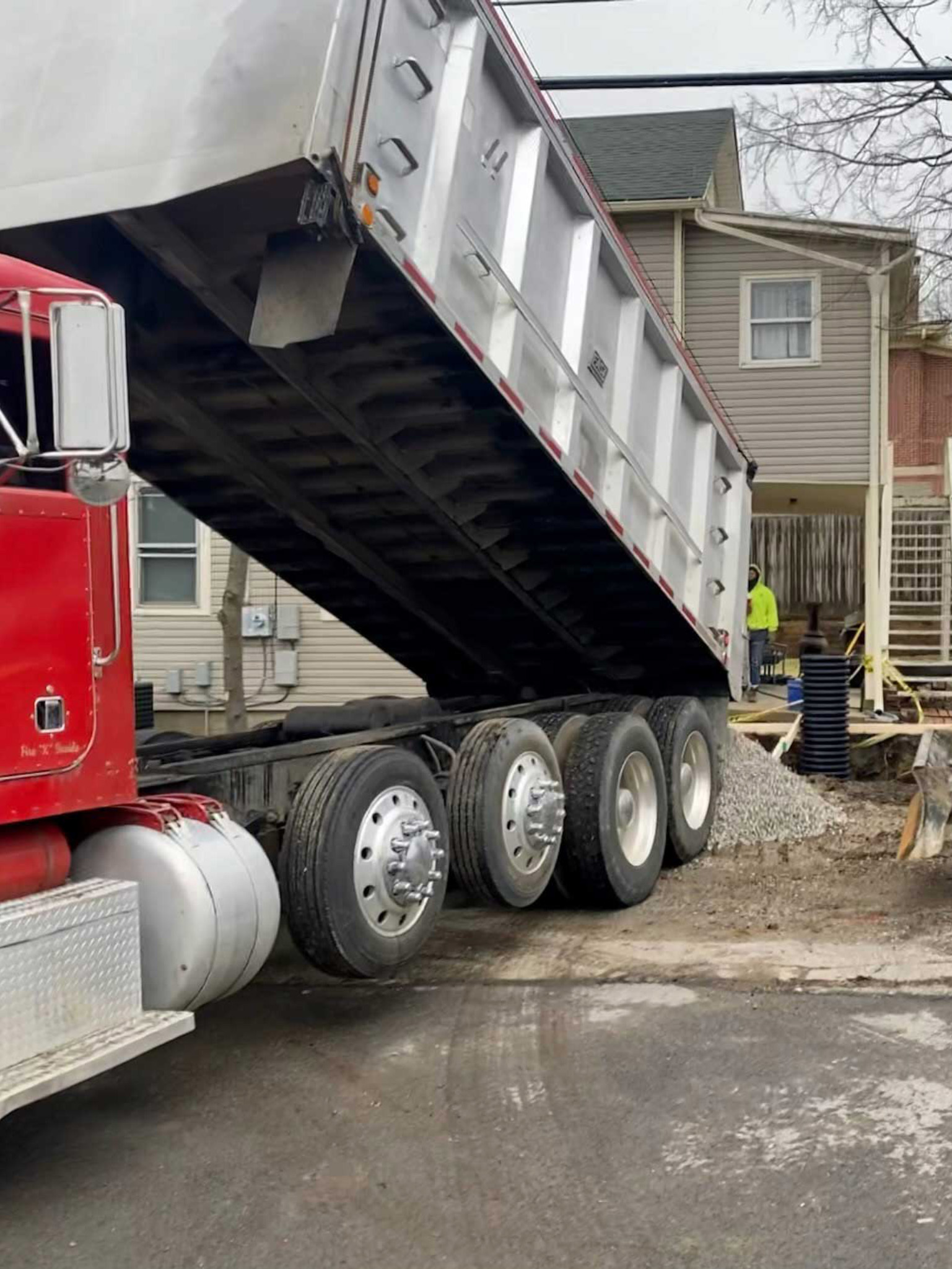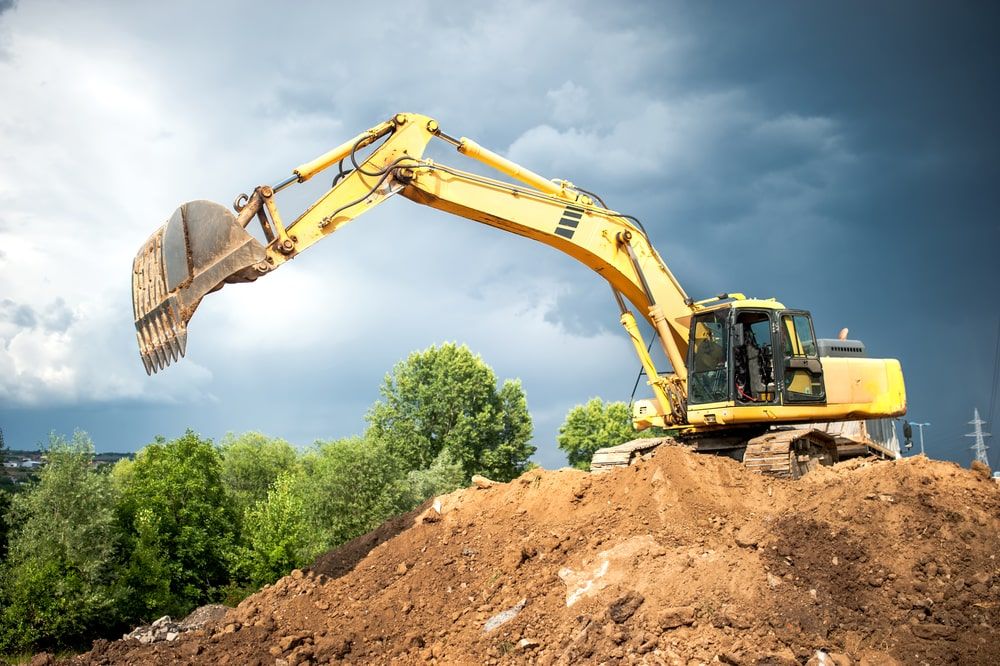In-Depth Exploration: The Science Behind Superior Excavation Practices
From ancient hand tools to modern hydraulic excavators, the evolution of excavation strategies has actually been a testament to human ingenuity and technical developments. What genuinely sets superior excavation methods apart is a deep understanding of geological concepts, combined with the application of innovative tools and approaches.
Evolution of Excavation Strategies
Throughout history, the development of excavation methods has played an important function ahead of time construction methods and archaeological explorations. From the simple devices utilized by our ancestors to the innovative equipment employed in modern-day times, the development of excavation approaches has substantially changed just how we approach numerous projects.
In ancient times, manual work with standard tools such as pickaxes, shovels, and wheelbarrows was the key approach of excavation. This labor-intensive process restricted the depth and range of excavations, frequently causing slow-moving progress and restricted accessibility to specific websites. However, as people progressed, so did the strategies and devices utilized for excavation.
The Industrial Transformation noted a turning point in excavation exercise with the intro of steam-powered equipment. This innovation reinvented the field, permitting faster and more substantial excavations. In modern times, technology plays an essential function in excavation, with advancements like GPS systems, drones, and 3D scanning boosting precision and efficiency in the field. The evolution of excavation methods remains to form the method we build, explore, and understand the world around us.
Role of Innovation in Excavation

The integration of innovative technology has essentially revolutionized the field of excavation, improving accuracy and performance to extraordinary levels - excavating ohio. One of the crucial technical improvements that has actually significantly affected excavation methods is the utilization of GPS systems.
In addition, the development of 3D modeling and simulation software application has structured the planning procedure for excavation tasks. Designers and drivers can currently visualize the whole excavation process before beginning, optimizing and recognizing prospective difficulties workflow. Along with this, the implementation of drones in excavation tasks has actually facilitated aerial studies, volumetric measurements, and site assessments with unmatched speed and precision.
Geological Principles in Excavation
An understanding of geological concepts is crucial for guaranteeing the structural integrity and stability of excavation websites. Geological variables play a vital function in identifying the usefulness and security of excavation projects (dump truck companies in ohio). One vital geological concept to consider is the kind of dirt or rock existing at the site. Various dirt kinds, such as gravel, sand, or clay, have varying degrees of security and need different excavation strategies. For example, cohesive soils like clay may require extra support to prevent collapses, while sandy soils may be vulnerable to disintegration throughout excavation.
By conducting complete geological surveys and analysis, excavators and designers can develop methods to mitigate dangers and make certain the successful conclusion of excavation tasks. Eventually, including geological principles into excavation methods is crucial for accomplishing safe, effective, and lasting results.

Latest Tools for Excavation
In web link the world of excavation practices, contemporary advancements in devices have reinvented the performance and precision of excavation processes. One of the most up to date tools making waves in the market is using drones geared up with sophisticated imaging technology. These drones can offer in-depth airborne surveys of excavation websites, supplying real-time data on topography and possible my explanation hazards. This details aids in much better planning and decision-making throughout the excavation process.
One more cutting-edge tool obtaining popularity is the implementation of 3D printing modern technology for producing custom excavation devices. This permits the manufacturing of specialized tools that are customized to the particular needs of a job, increasing efficiency and decreasing downtime.
In addition, developments in products science have actually resulted in the growth of stronger and a lot more durable excavation tools. lancaster excavation. Tungsten carbide-tipped excavator accessories, for instance, deal exceptional efficiency in challenging ground conditions, boosting productivity on-site
Science's Effect on Excavation Practices

Additionally, clinical research study on soil technicians and published here geotechnical design has supplied important insights into soil habits, allowing excavation professionals to make educated decisions pertaining to excavation approaches and soil stabilization techniques. Generally, science continues to drive innovation and enhancement in excavation methods, making excavation tasks a lot more efficient, affordable, and lasting.

Conclusion
Finally, the development of excavation methods has been significantly affected by innovations in technology and a much deeper understanding of geological principles. The newest tools and devices used in excavation have actually enhanced effectiveness and accuracy in the field. The application of scientific understanding has actually substantially enhanced excavation practices, bring about a lot more lasting and efficient approaches for digging deep into various sorts of products.
In the world of excavation techniques, modern technologies in tools have actually reinvented the efficiency and accuracy of excavation procedures. By leveraging scientific concepts, the excavation industry has been able to considerably improve effectiveness, accuracy, and security in excavation procedures. GPR permits excavation groups to non-invasively check and map subsurface frameworks, energies, and possible risks, allowing them to prepare excavation jobs with better precision and minimized threat of accidents.
Additionally, scientific research on soil technicians and geotechnical design has actually given valuable understandings right into soil behavior, enabling excavation professionals to make educated decisions concerning excavation techniques and dirt stabilization methods. In general, science proceeds to drive technology and improvement in excavation practices, making excavation jobs a lot more reliable, economical, and lasting.